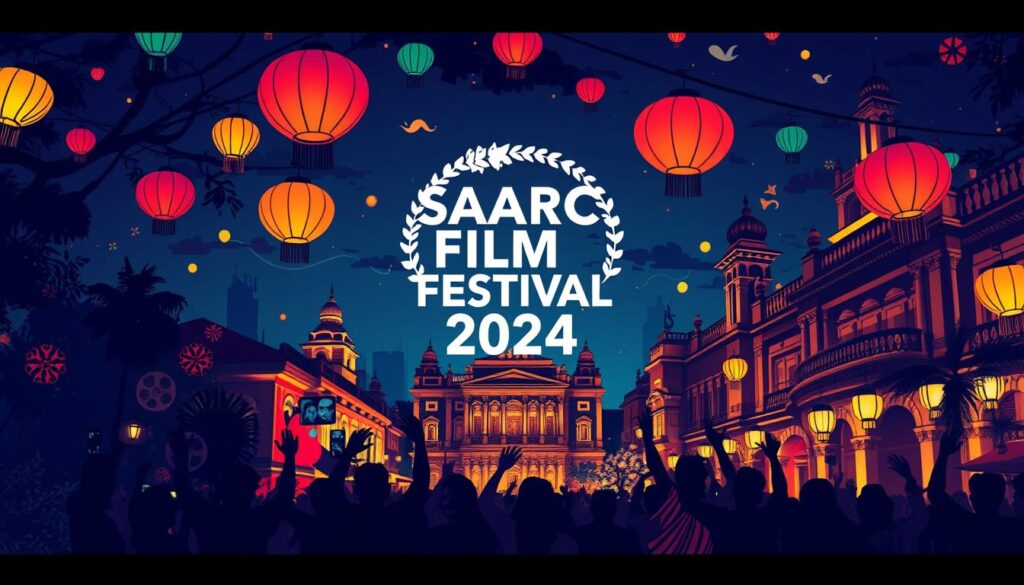Sri Lanka’s T10 Cricketer Selection Set for Nov 10, 2024
Sri Lanka is gearing up for a major event in its sports calendar. The cricketer selection for the first-ever Lanka T10 Super League will take place on November 10, 2024. It will happen in the lively city of Colombo. This event is crucial for setting up the player draft. It’s a key step for the big tournament in December.
There’s a plan to strengthen the Sri Lankan cricket team. Franchises will pick players to make teams fit for the quick T10 cricket 2024 games. They can choose between 15 to 17 players, aiming for victory. This follows the orderly processes of player registration and signings. It’s all part of a well-planned sports event scheduling.
Key Takeaways
- A total of 6 teams participating in the Lanka T10 Super League.
- Franchises to draft between 15 to 17 players for their squads.
- A rigorous 11-round player draft process.
- Crucial category ‘A’ and ‘B’ players to be selected at pre-set prices.
- Deadline for player registration and direct signings ahead of draft day.
- Each franchise must sign six players directly before the draft commences.
- Inaugural tournament showcases the combination of local talent and international cricketers.
Insight into the Inaugural Lanka T10 Super League
The inaugural Lanka T10 Super League is kicking off in December 2024. It is a big step forward in Sri Lanka’s cricket world. It combines local and international cricket stars under the banner of Sri Lanka Cricket. This tournament focuses on the fast-paced Lanka T10 cricket format. It features six T10 Super League franchises.
The league has a detailed plan with eleven drafting rounds. Every team can pick their players to create strong lineups, following Sri Lanka Cricket’s rules. Each team can have 17 players, but at least 15. This mix of veteran skills and new talent draws attention worldwide. Check OMP Sri Lanka’s official site for more on Sri Lanka’s tech advancements.
- Franchise Organization: Six teams compete, selecting players in 11 rounds.
- Player Category and Pricing: Bidding starts at USD 35,000 for the best players, with prices adjusting in later rounds. Newcomers can be bought for as low as USD 2,500, showing the league’s focus on nurturing new talent.
- Schedule and Duration: The action spans from December 12 to December 22, 2024. It promises to keep audiences engaged with its brief yet packed schedule.
- Strategy and Selection: Teams are built strategically, adhering to strict rules. This approach aims at diversifying the game and boosting competitiveness.
The inaugural Lanka T10 Super League is ready to change the game in the region. It offers a stage for emerging cricket stars, thanks to Sri Lanka Cricket. The excitement for this new league is huge. It puts Sri Lanka on the cricket world map and promotes the T10 format.
Sri Lanka’s T10 Cricketer Selection Scheduled for November 10, 2024
The cricketer selection process for the 2024 Sri Lanka T10 tournament is robust. It aims to boost the competitive spirit and cricket quality. This process meets strategic T10 selection criteria and guarantees a fair player draft on November 10, 2024, in Colombo.
The Drafting Process and Selection Criteria
The Sri Lanka T10 franchise teams will conduct an 11-round draft, mixing manual draws with algorithms. The first round targets local and global top talent via manual draw, each valued at US$35,000. Later rounds use technology to ensure fair play. Union Assurance backs this method, promoting tech in professional fields.
Anticipation for the Rescheduled Tournament
Excitement builds for Sri Lanka’s T10 cricket, now set for December 2024 after a delay. The community and stakeholders are eager for the December 12 to 22 matches. This delay aims to improve logistics and participant experience, promising an unforgettable cricket event.
Strategic Signings and Registration Deadlines
Timelines for T10 player registration and signings are critical as the Lanka T10 Super League approaches. Teams have until November 1, 2024, to register players, with direct signings due by November 5. Franchises can secure up to six players directly, preparing for a strong team formation. These cricket registration deadlines ensure league readiness and team competitiveness.
The 2024 Sri Lanka T10 tournament promises to change how cricket is played in the region. By sticking to strategic T10 cricket signings and focusing on team balance, it’ll bring exciting cricket to fans worldwide.
Impact and Expectations from the 2024 Sri Lanka T10 Tournament
The 2024 Sri Lanka T10 league is going to change cricket in the nation big time. It aims to highlight how exciting T10 cricket can be. With its short and energetic matches, it will pull in many fans. This change is set to make cricket even more popular. It will also showcase the talent from both local and international players.
This tournament is marking a big change in cricket. It introduces a new setup for women’s cricket and ensures men and women get paid the same. These steps show cricket is becoming more fair and inclusive. The 2024 Sri Lanka T10 league is part of bigger efforts to make cricket stand for equality. Efforts include getting more kids into cricket and having more diversity in cricket boards.
Thinking about the 2024 Sri Lanka T10 league brings up thoughts of new talent shining. Thanks to groups like Chance to Shine and the South Asian Cricket Academy, cricket is reaching more kids. This means the Sri Lanka T10 tournament will have lots of new talent. OMP Sri Lanka promises to keep everyone updated with the latest news. They are dedicated to reporting the positive impact of this league on cricket.


